Australians could struggle to stay warm this winter after the energy market regulator warned of a potential gas shortage.
Daniel Westerman, CEO of the Australian Energy Market Operator (AEMO), said that as the country transitioned to net-zero, the southern—and colder—states of New South Wales, Victoria, Tasmania, the Australian Capital Territory and South Australia could be affected.
“A big part of that is the decline in production from the Victorian gas fields, which is declining faster than the rate at which we are electrifying our homes and businesses, and, of course, we are seeing an ongoing need for gas as a firming generation to enable more renewables into the power system.”
AEMO is calling for investment in new gas supplies to overcome these forecasted shortfalls by completing infrastructure and supply projects on time.
He also said governments needed to facilitate additional gas storage and pipeline development, noting that liquified natural gas (LNG) import terminals could play a role.
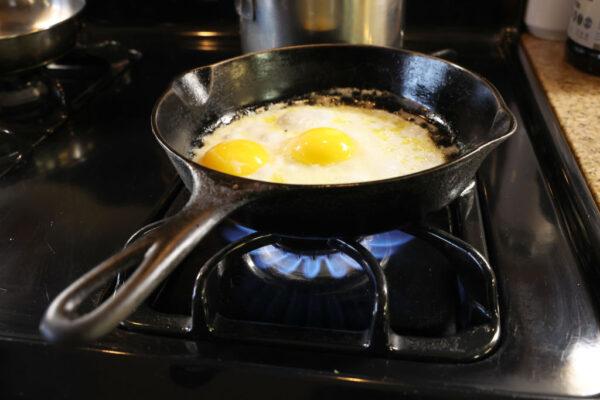
“Gas is critical for electricity generation. We see that every day, and we certainly saw it through some of the disruptive periods last year. Gas is critical to help the electricity supply as our coal-fired power generators get older and retire. It also enables more renewables generations into the system and helps reduce emissions,” Westerman said.
Energy Prices Set to Soar Again
The call from the regulator comes as Australian households struggle with higher living costs and expected pressures from the upcoming winter.The DMO is the maximum rate energy retailers can charge residential and small business customers in three regions that are part of the National Electricity Market: New South Wales (NSW), South Australia and southeast Queensland.
Following the release of the DMO, Energy Minister Chris Bowen said that more needed to be done to help households and businesses.
The minister also said the federal government would continue to work with states and territories to deliver energy bill relief in the May Budget.
Government to Provide $1.5 billion in Energy Price Relief
Prime Minister Anthony Albanese has blamed the rise in electricity prices on Russia’s invasion of Ukraine while warning Australia is not immune from global economic trends.“The bottom line is there’s been a war in Ukraine that has put up global power prices. And because of our energy market and the way that it works, that has an impact on Australian prices as well. That is the truth of the matter,” Albanese said on Thursday.
“The increase would have been far greater. What we saw was a halving of the forecast wholesale power price increases as a result of the action that we took as a federal government.”
He also said the federal government is looking to provide $1.5 billion of energy price relief.
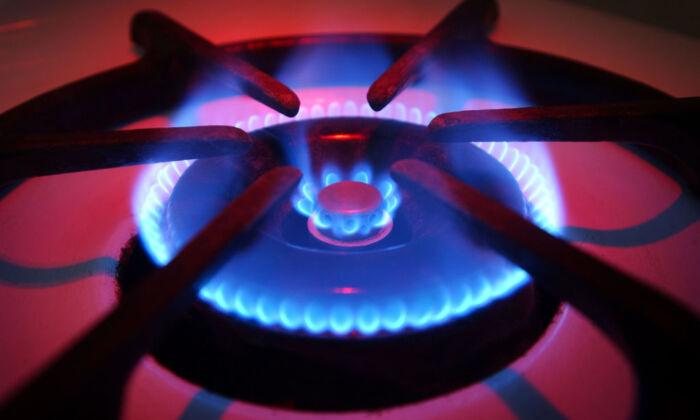
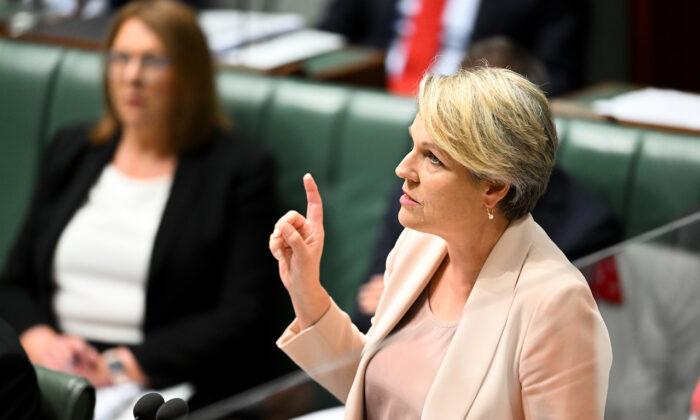
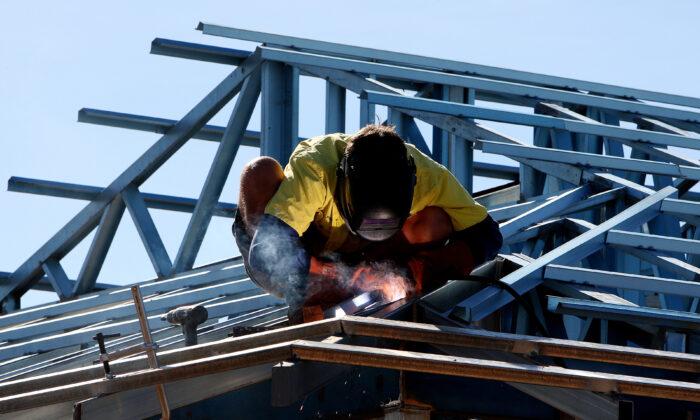
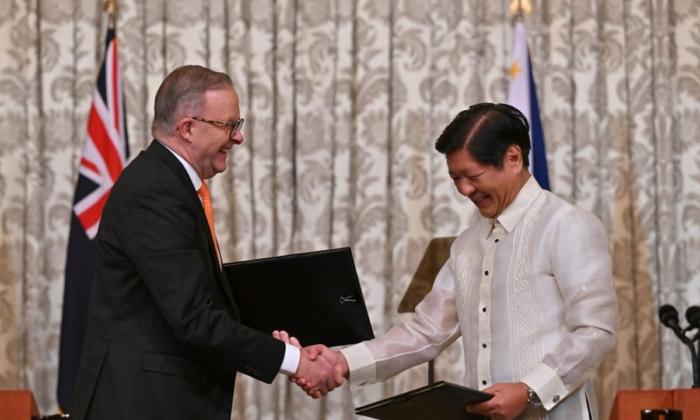

Friends Read Free